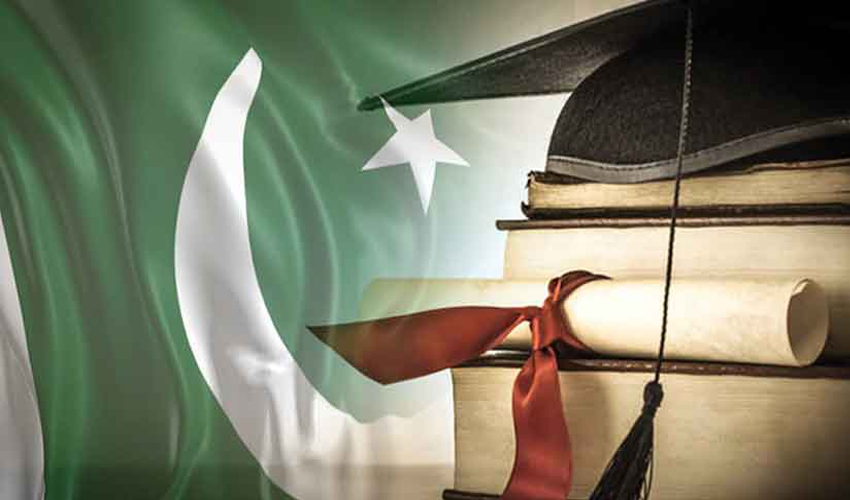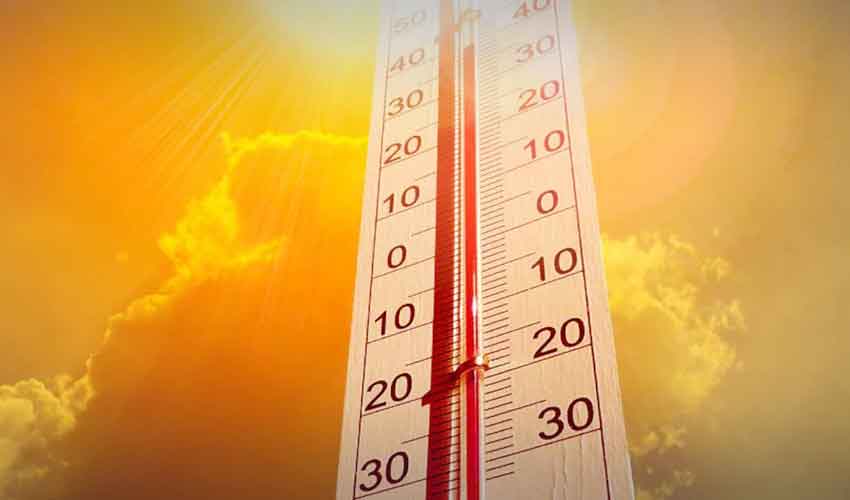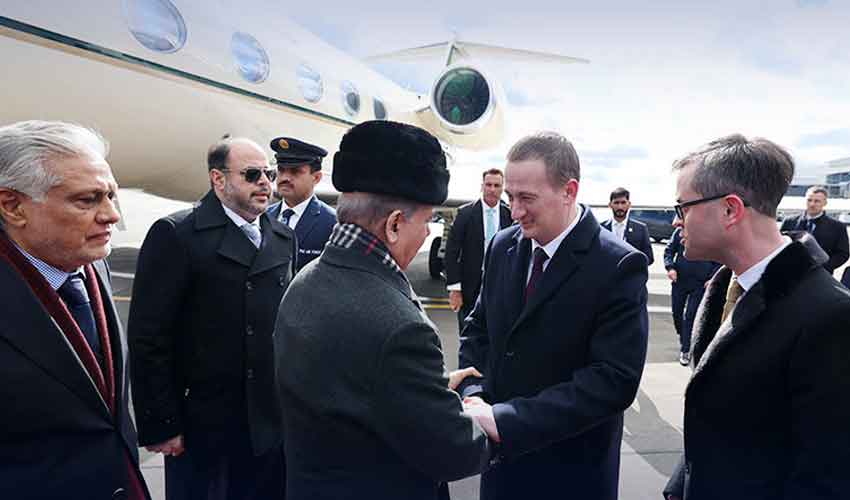The recent release of the Times Higher Education World University Rankings has shed light on a rather disheartening reality regarding higher education in Pakistan. With only one university—Quaid-e-Azam University—managing to secure a spot among the top 500 globally, serious questions arise about the quality of education in the country.
The university found itself placed within the 400-500 band, a narrow margin that underscores the struggles faced by educational institutions in Pakistan. While it is commendable that 47 universities from Pakistan made it to the top 2,000 globally, ranking 14th among countries with universities in the Times rankings is hardly a point of pride for a nation that boasts the world's fifth-largest population.
The comparative context becomes even more sobering when we consider Taiwan, a country with a population of less than one-tenth of Pakistan's, that ranks equally. This scenario highlights a critical issue: despite a vast pool of potential talent, the nation has fallen short in transforming its educational landscape to meet global standards. The implications are vast and require urgent attention.
Declining Rankings and Underperformance
The current situation has prompted a closer examination of the factors contributing to Pakistan's underperformance in higher education. Notably, several universities have seen a decline in their rankings, with only seven institutions improving their positions while 10 experienced a downturn. This trend raises alarm bells about the state of education, research output, infrastructure, and overall academic standards within the country.
A lack of diversity and innovation in academic programs and research initiatives could be significant contributors to this stagnation. As the global landscape of higher education evolves, institutions in Pakistan seem to struggle to keep pace with the changing demands and expectations. This deficit in innovation and adaptability calls for a comprehensive review of curricula and research methodologies to better align them with international benchmarks.
Unrecognised institutions
Further complicating the situation is the revelation that of the 266 universities recognized by the Higher Education Commission (HEC), only 94 participated in the Times rankings. This statistic raises critical questions about the accountability of unranked institutions. While the 47 universities that did not participate may argue that they were excluded due to incomplete data submissions, it is worth scrutinizing why 172 recognized universities continue to collect fees without undergoing the necessary evaluation processes.
The reliance on self-reported, unaudited data for rankings creates an environment where the focus is on comparison rather than a thorough critique of educational quality. If the HEC is serious about enhancing the state of higher education in Pakistan, a more stringent evaluation system is necessary. Implementing higher standards for university recognition could help ensure that educational institutions prioritize quality over quantity.
Need for reforms
To address these intertwined issues effectively, a multifaceted approach is required. This should include:
-
Strengthening academic programs: Universities must diversify their academic offerings and innovate curricula to meet contemporary global standards. This involves regular reviews of programs to ensure they are relevant and aligned with industry needs.
-
Enhancing research output: There should be a stronger emphasis on research initiatives that can contribute to knowledge creation and address local and global challenges. This requires adequate funding and resources to support faculty and student research.
-
Increasing transparency and accountability: The HEC must enforce stringent criteria for recognition and continuously monitor the performance of institutions. This would help maintain a standard of quality and accountability across the board.
-
Encouraging int'l collaborations: Partnerships with global institutions can foster knowledge exchange, enhance research capabilities, and provide students with diverse educational experiences.
-
Investing in infrastructure: Improved facilities and resources are crucial for fostering a conducive learning environment. Investment in modern classrooms, laboratories, libraries, and technology can significantly enhance the educational experience.
The state of higher education in Pakistan is at a critical juncture. With only one university making its mark in the global rankings, it is imperative to address the underlying issues that hinder progress. A commitment to reforming academic programs, enhancing research output, and ensuring accountability will not only elevate the quality of education but also empower the next generation to thrive in an increasingly competitive world.
The HEC and educational institutions must collaborate to create a robust framework that prioritizes excellence, thereby positioning Pakistan as a hub for quality higher education in the region. The time for action is now—our students, our future, depend on it.



























